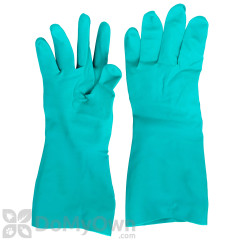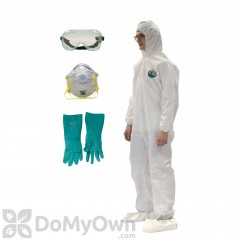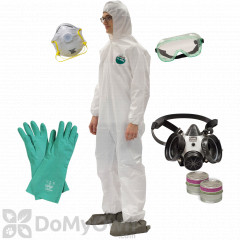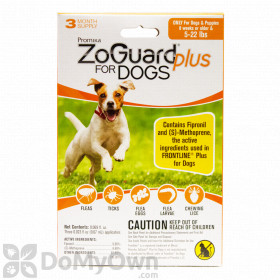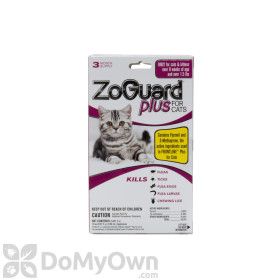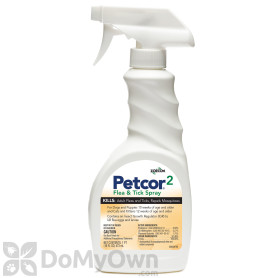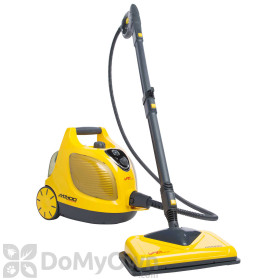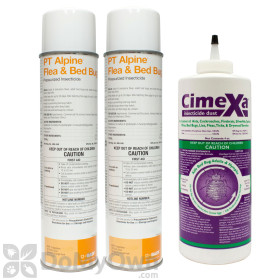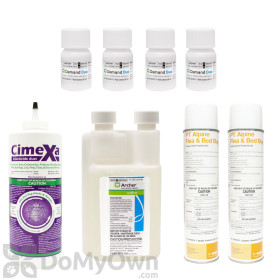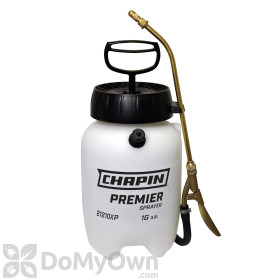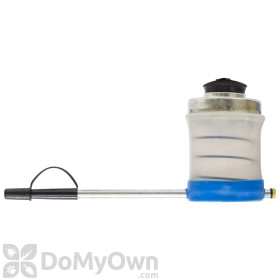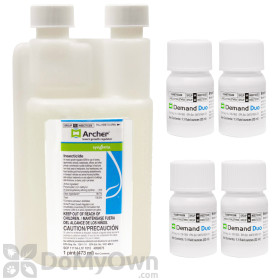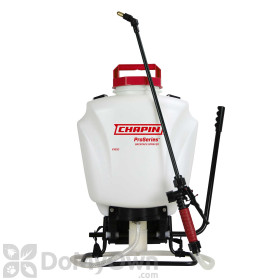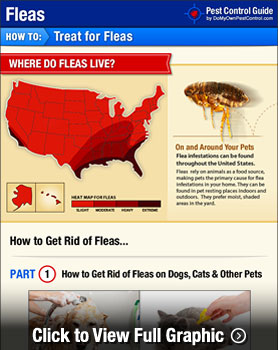The Complete Guide to Getting Rid of Fleas
Learn How To Kill Fleas In & Around Your Home
How to Get Rid of Fleas On Dogs, Cats, & Pets
Flea Treatment For Pets
- Flea drops
- Flea sprays for pets
- Flea baths
Flea Bath
Flea Bath For Dogs, Cats, & Pets
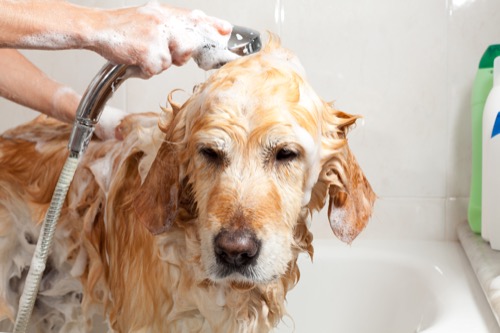
The downside to using flea shampoos is that most cats and many dogs do not like to get bathed and can become stressed out during bath time. It is also important to note that most flea shampoos only offer an immediate contact kill to the fleas present on the animal at the time of the bath but will not stop the animal from becoming reinfested.
Flea Drops
Flea Drops For Dogs, Cats, & Pets
It is very important that you get the product directly on the animal's skin for it to work properly. Most Spot-on treatments direct the user to part the pet's hair between the shoulder blades and squeeze out the entire contents directly onto the skin. Applying the product between the animal's shoulder blades will usually stop the animal from licking the application spot.
Fleas will start to die within 24 hours of the flea drop application. Please note that you may continue to see adult fleas if the animal wanders into an infested part of your yard or home. The adult fleas will be killed after ingesting the spot-on product on the animal. Most spot-on treatments should be re-applied every 4-6 weeks to maintain control.
Products needed for Treatment Area 2
Pet Flea Spray
Use a Flea Spray For Dogs, Cats, & Other Pets
There are many flea sprays on the market to help eliminate fleas on your pets. Most sprays offer a quick kill of the biting adults and short term protection against reinfestation. Like most other flea treatments, it is important to read thoroughly the spray label before application to check for species and age restrictions.
Pet flea sprays come in both aerosol cans and squirt bottles. Flea sprays are typically fast to apply but most do have a strong odor which some pet owners may find offensive. The odor typically disappears within a few hours.
Products needed for Treatment Area 3
Learn How to Get Rid of Fleas In the House
Indoor Home Flea Treatment Steps
Natural Flea Control Options
Non-Chemical Treatment Methods
- Wash or throw away all pet bedding.
- Wash, steam treat, or throw away all area rugs
- Vacuum or steam treat any furniture where your pets spend time
- Vacuuming is a very important component of a flea control program. You should thoroughly vacuum the entire home prior to flea insecticide applications and you should continue to vacuum once every other day for at least 14 days. Vacuuming pulls fleas and eggs to the surface and also provides the stimulation the pupa (immature flea) need to exit their cocoons and expose themselves to the insecticides that have been applied.
Products needed for Treatment Area 1
Use a Concentrated Flea Spray
Apply Flea Spray Around the Home
Fleas in Carpet:
- Spray the entire carpet, rugs, and pet resting areas with a product that is labeled to be sprayed for flea control indoors.
- Allow the treated areas to dry completely before resuming use of the area.
- After all areas are dry, apply a very light dusting of a flea dust to carpets, rugs, pet resting areas and along baseboards. We recommend using a hand duster to help make an even application. You can use a broom to help "sweep" the dust into the nap of the carpet. Once the product is pushed into the carpet, regular vacuuming will not disturb it.
- After 14 days, you should reapply the aerosol or liquid products to the carpets, rugs and pet's resting areas to control any newly emerging immature fleas
- Severely infested areas may require a 3rd or even a 4th treatment in 14 day intervals.
Pro Tip
Though it is a natural response to avoid the infested areas you should resist this impulse. Flea larva and pupa need stimulation from vacuuming, walking over infested areas and body heat to become active and expose themselves to the products you have used. Avoiding an infested area or leaving the area vacant will only prolong the infestation.
Flea foggers and bombs should only be used when the area does not contain furniture, stored boxes and other obstacles. Flea foggers will not be able to get under and around these objects and will leave many areas untreated.
Products needed for Treatment Area 2
How to Get Rid of Fleas In the Yard
Outdoor Flea Treatment Steps
In the outdoor flea treatment process it is recommended that you use two products together to get the expected results, a liquid insecticide to kill exposed fleas and an insect growth regulator to stop immature fleas from reaching sexual maturity. We have put together an Outdoor Flea kit to make picking the right products easy for you.
Remove Yard Debris
You will need to apply a liquid concentrate flea insecticide on the infested areas you found in the inspection. These areas could include under decks, under trees, in places where leaves or other yard debris accumulates or areas where dense shrubbery exists. There is little need to spray open, sunny areas, dry and dusty areas or hard surfaces such as patios or driveways as fleas will not be able to develop in those areas.
Thoroughly spray the infested areas with the insecticide and an insect growth regulator for fleas solution using a hand pump sprayer or back pack sprayer.
Pro Tip
Mowing your grass 24 hours after applying the insecticide can help stimulate the immature stages of fleas to become active which will expose them to the products you have applied.
Keeping your lawn too moist can help a flea population grow very fast. Reduce moisture by not over watering, keeping your grass short and cutting back trees and shrubs to allow more sunlight to reach the ground.
